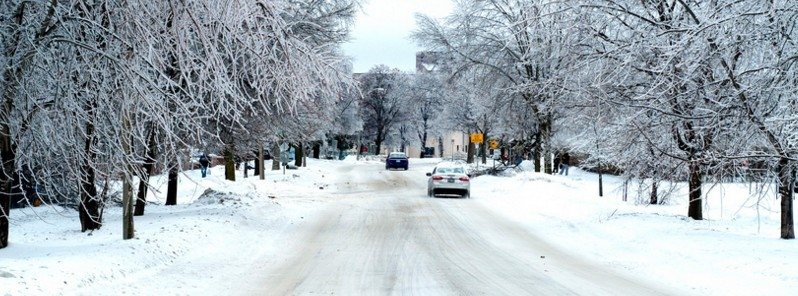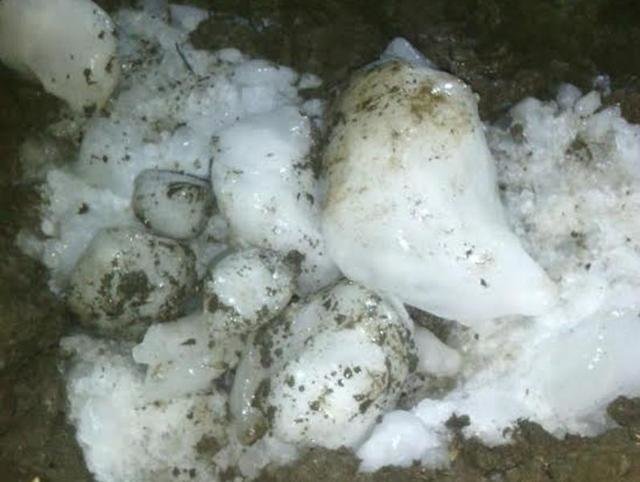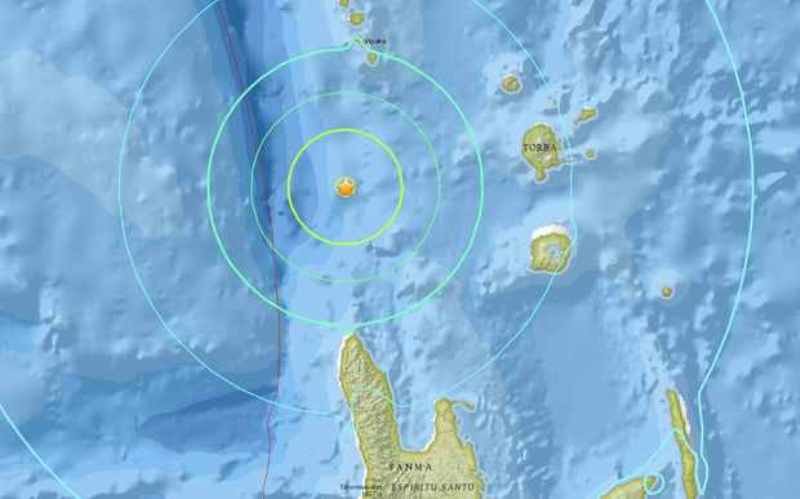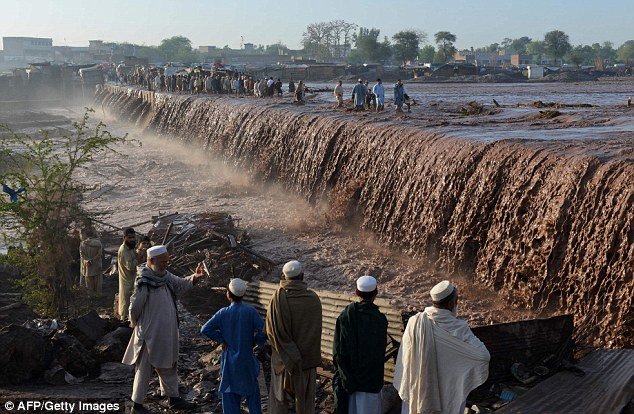
© Dustin O'Donnell/FlickerIce Storm 2013
After a mild winter where temperatures in Ontario more typical of April often appeared, a large arctic high-pressure area sent temperatures plummeting to values more typical of mid-winter on April 5.
As a result of unseasonable cold, new record low minimums were set in a number of localities across Southern and Northeastern Ontario. "We used up some of our spring-like weather too early, and now we're paying for it," Environment Canada Meteorologist Geoff Coulson
said. Coulson added that cold temperatures can be blamed on a combination of a weakening El Niño and polar vortex coming down south.
"The vortex brought with it some colder air, not just for Ontario but also for Quebec, Atlantic Canada, and a good chunk of the midwestern US and
northeastern US as well. And with this pattern being fairly stubborn at this point,
this cold air is expected to linger at least through mid-month, giving us temperatures more like single digit highs anywhere between 2, 3 °C (35.6, 37.4 °F) when we'd normally be seeing daytime highs of around 10 °C (50 °F)."
The following is a summary of weather event information received by Environment Canada on April 5:
London Airport -12.0 °C (10.4 °F) breaks previous record -10.5 °C (13.1 °F) set in 1995
Delhi -12.2 °C (10.04 °F) breaks previous record -10.5 °C set in 1995
Kitchener -15.5 °C (4.1 °F) breaks previous record -11.5 °C (11.3 °F) set in 1982
Guelph -16.7 °C (1.94 °F) breaks previous record -12.8 °C (8.96 °F) set in 1903
Hamilton -10.9 °C (12.38 °F) breaks previous record -10.8 °C (12.56 °F) set in 1995
Barrie -15.0 °C (5 °F) breaks previous record -14.0 °C (6.8 °F) set in 1982
Timmins -24.5 °C (-12.1 °F) breaks previous record -22.9 °C (-9.22 °F) set in 1995
Kirkland Lake -26.5 °C (-15.7 °F) breaks previous record -22.8 °C (-9.04 °F) set in 1970



Comment: